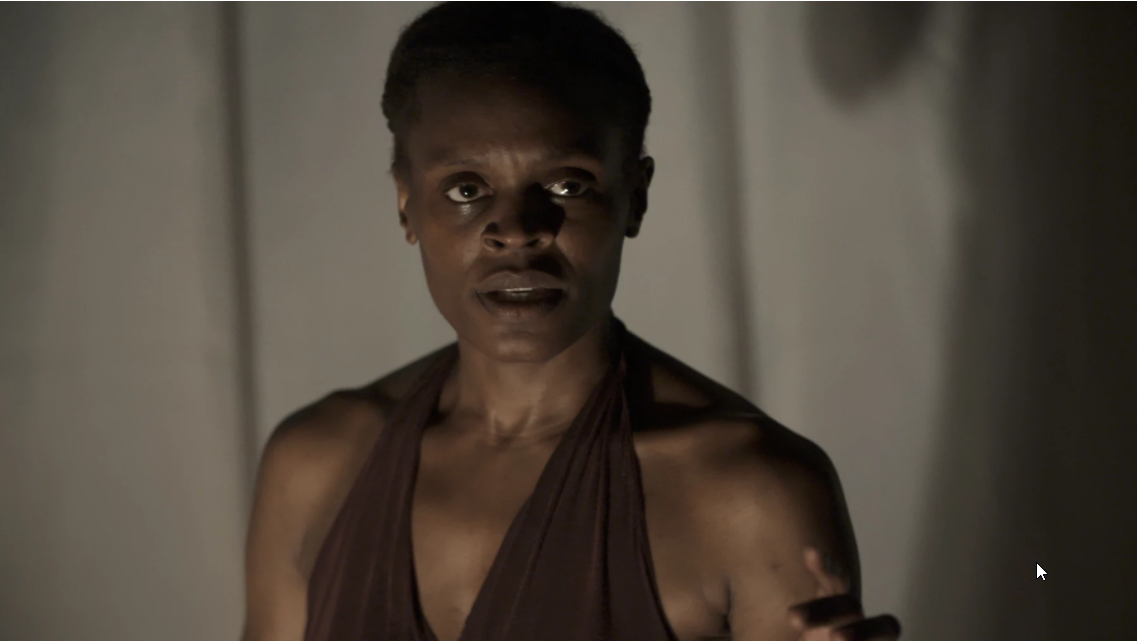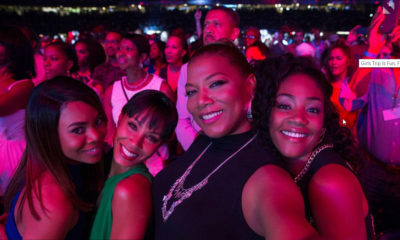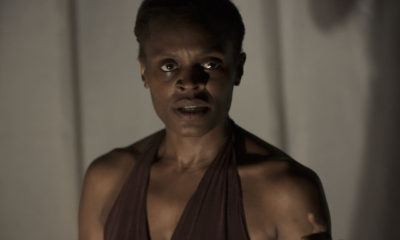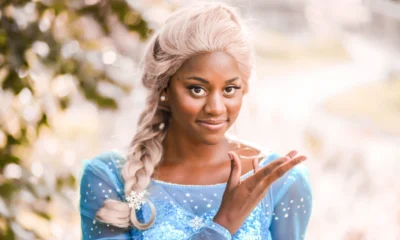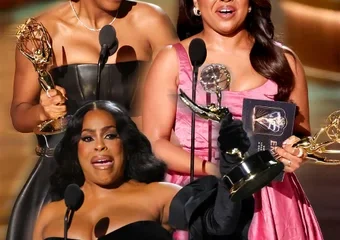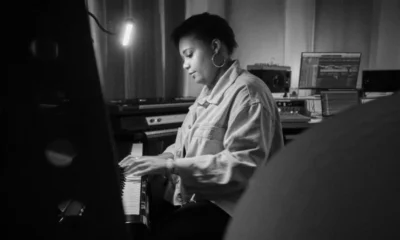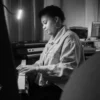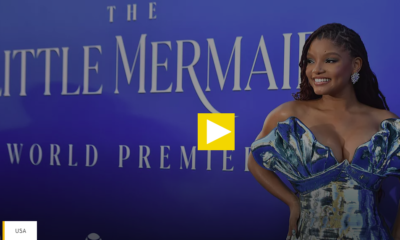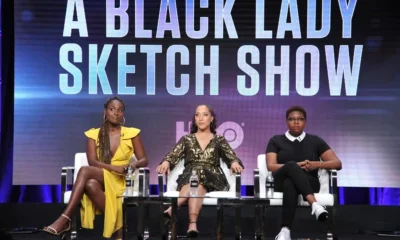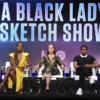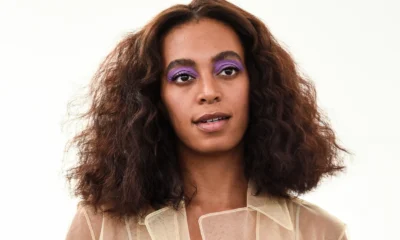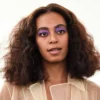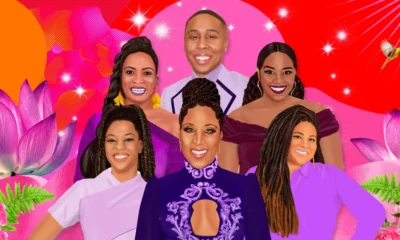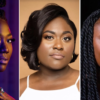Black Women in Entertainment
Black Girls Are Both Seen And Heard In The Gripping Film Bronx Gothic
Okwui Okpokwasili on her panoramic one-woman show that’s a channel for black girls to embrace agency and plurality.
In the thrilling documentary Bronx Gothic, intrepid dancer and writer Okwui Okpokwasili vehemently confronts the world’s denial of innocence for black girls. Directed by Andrew Rossi, the film follows Okpokwasili’s 2014 live performance of her piece by the same name, and unpacks the creative process of such a heartrending offering. In the past, she’s commanded stages in pieces that place women at the center of her work. Now, with Bronx Gothic, Okpokwasili uses her striking choreography and visceral monologues to magnify the plurality of both pleasure and pain in the lives of young girls. Drawing on her experience growing up in The Bronx, the performance is steered by Okpokwasili’s portrayal of two characters who grapple with adolescence, sexuality, trauma, and friendship in world that has abandoned them and their blackness.
More recently, Okpokwasili teamed up with acclaimed cinematographer Arthur Jafa to bring her evocative movement to the video for JAY-Z’s vulnerable “4:44.”
The FADER spoke to the brilliant artist about writing a piece that reclaims agency over the black body, the power of empathy and vulnerability, and the lack of innocence society grants black and brown girls.
How’d you get involved with dancing in JAY-Z’s video for “4:44?”
My entry into “4:44” feels quite strange and lovely. I feel this incredible productivity and connection that’s happening across art spaces right now. I would never imagine myself in a music video, or never have, but [it happened] because Arthur Jafa and Elisa Blount-Moorehead and Malik Saeed and TNEG are traversing these lines that were left porous. For JAY-Z to entrust TNEG with his vision and make something that is absolutely not a video but some really special film. To have words colliding that you don’t think would normally collide. To make a space for many other languages and space to emerge.
There’s room to make videos that are formally complicated and ambitious. Also, where JAY-Z is sublimating himself:trying to lose the ego and strip away the things that have made up JAY-Z. Also, to undo celebrity and emerge out of all of these places. Maybe it’s curated blackness, but a blackness that comes from what people are putting on YouTube. He seems to be entering this other global space, not as the thing from above but as emerging from and within it.
What did you think of the song?
We didn’t really hear the song. They let us hear a little bit of it but we were doing it without the song. I knew the concept. I knew that it was in some way about a kind of contrition — an apology. I was looking at some interview with the women who were behind the video and they were suggesting that the apology wasn’t just an apology to Beyoncé but also to himself. He’s trying to open up a space that isn’t necessarily opened up for rappers. It’s a worthy endeavor to try and think about. What have you made up of the self? And how can you reduce all of these layers of postures?
What was your thought going in when you were writing the story for Bronx Gothic in terms of how you would reclaim agency over the outside gaze on the black body?
When I’m making work, I’m making it from a black/brown woman perspective. It’s about authorship of language of the body. Authorship of language coming out of the tongue of text. How to make something that is direct comes critically from a particular place. So Bronx Gothic was really about transformation, a return to one’s self after massive upheaval and disruption. I think I was thinking about adolescence and how our women, young black women and our bodies change and shift. There isn’t a lot of space made for us to change and navigate that shift. I feel like we’re thrust into adulthood quite quickly and obviously growing up in The Bronx, you’re just walking the streets like going to the store, going to school, so there isn’t the protection of the car. I just felt the line between me and the world, there wasn’t much protecting me from the world necessarily, outside from my parents — but they worked. I was just thinking about this time, this adolescence and innocence. I …
Please read original article – Black Girls Are Both Seen And Heard In The Gripping Film Bronx Gothic



